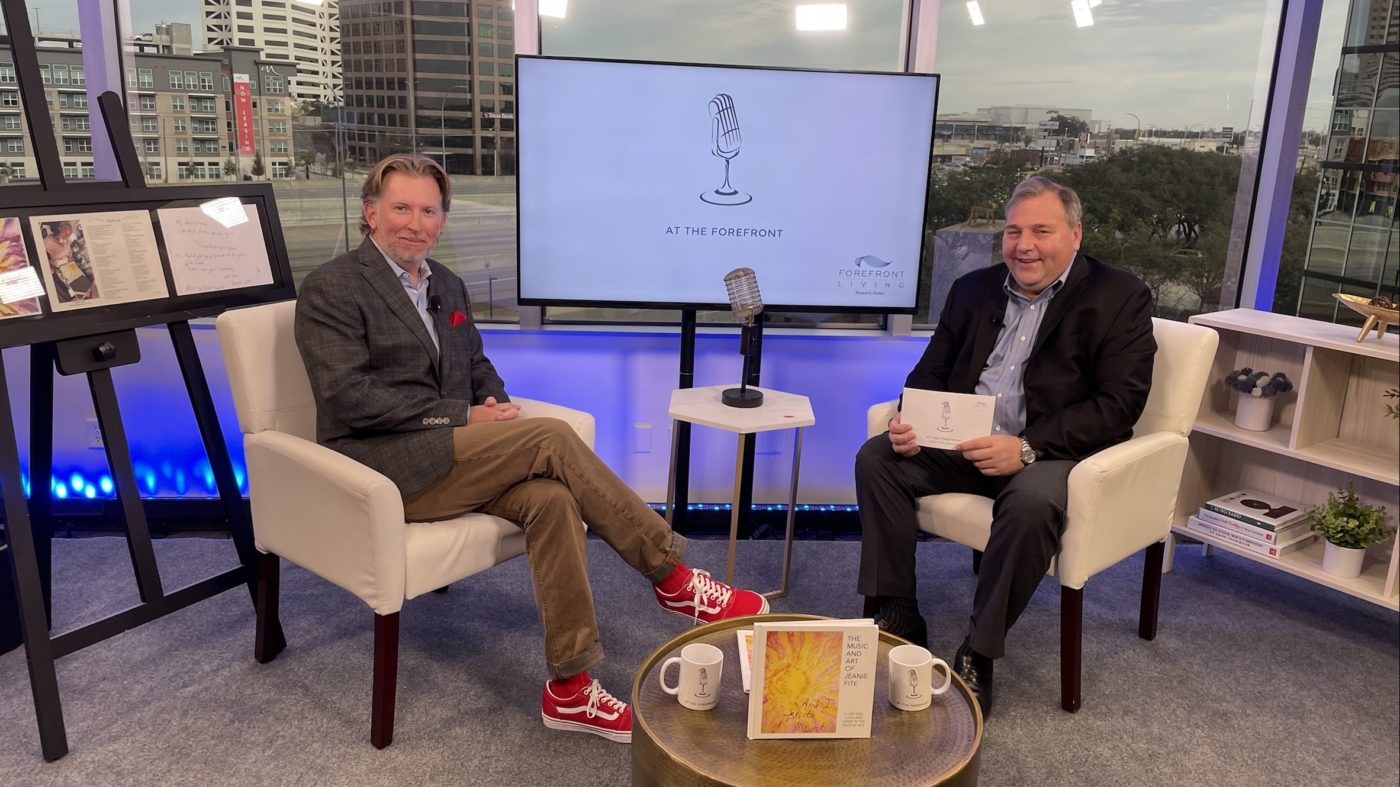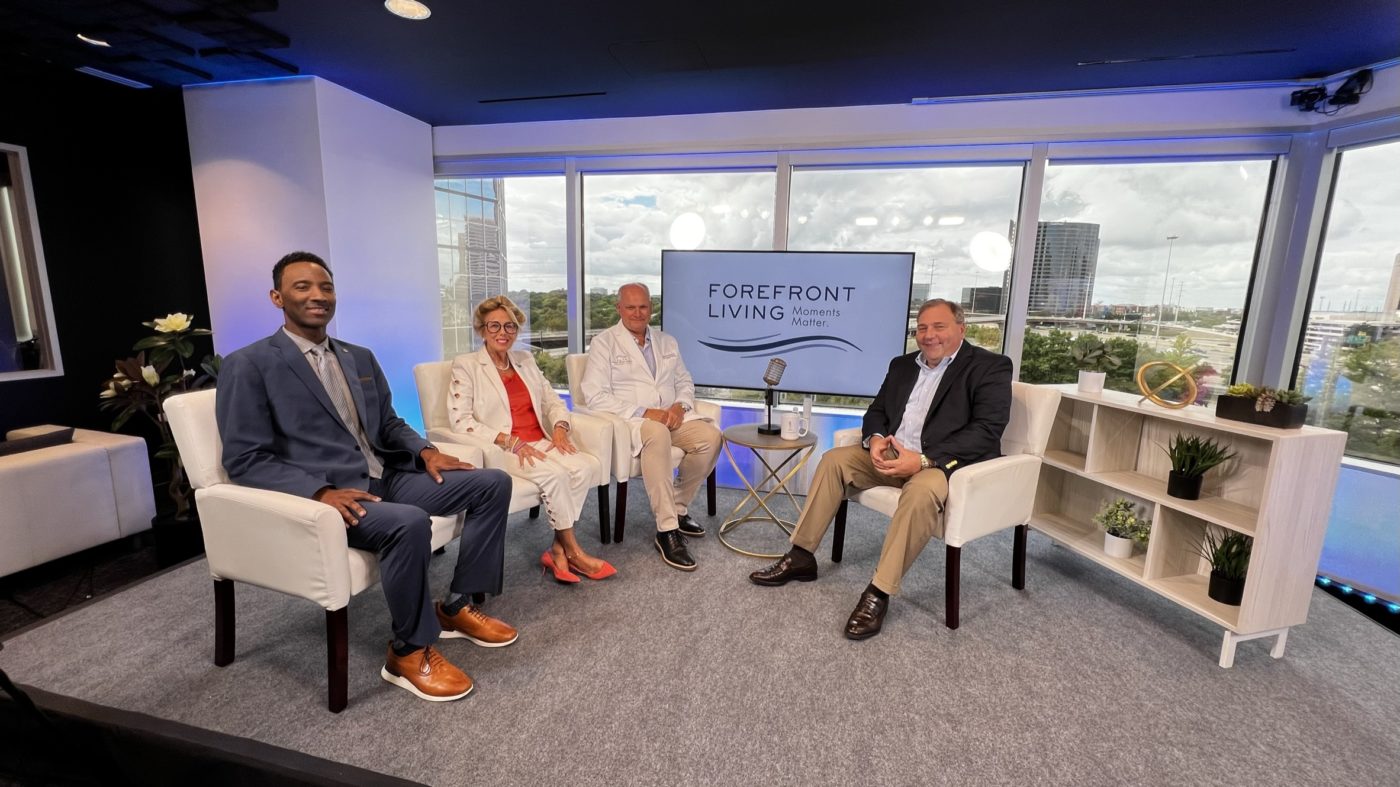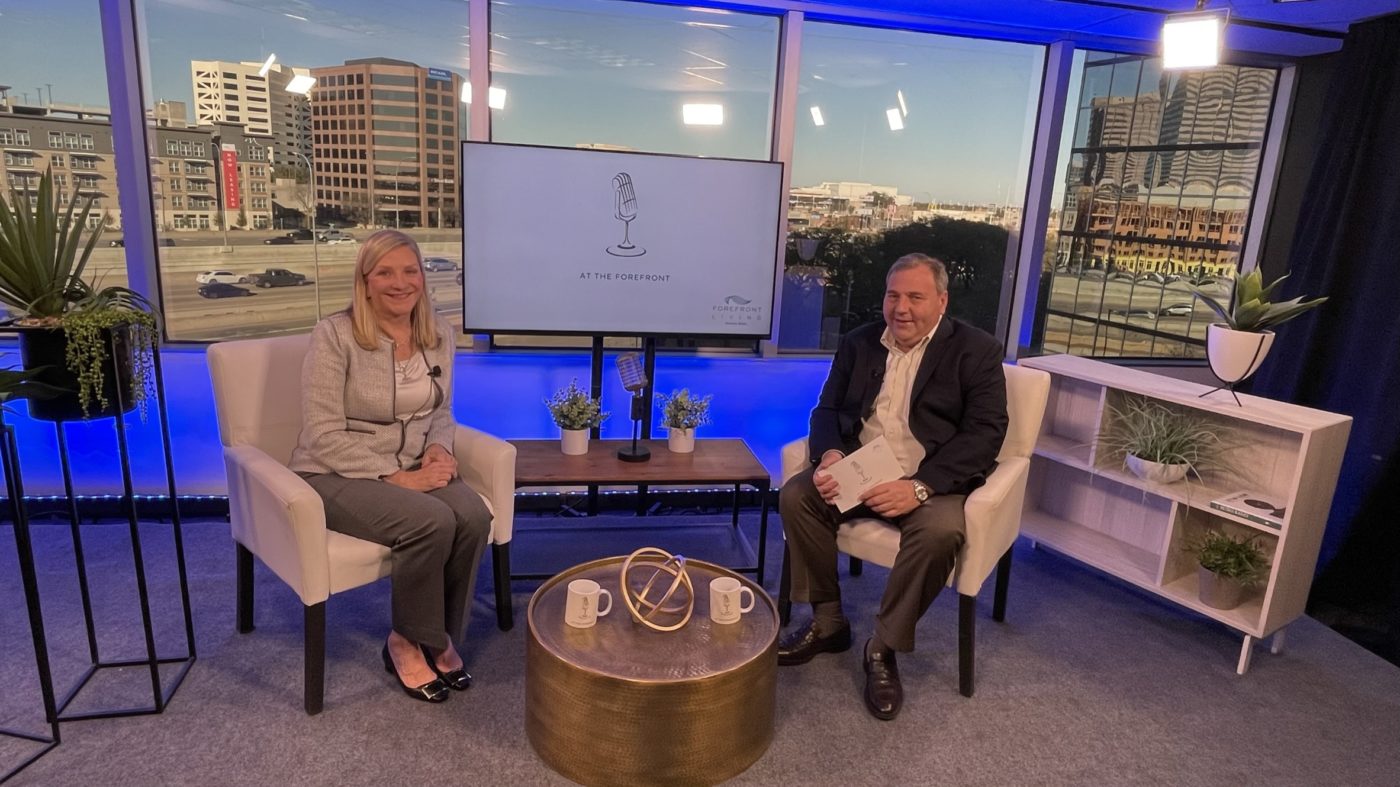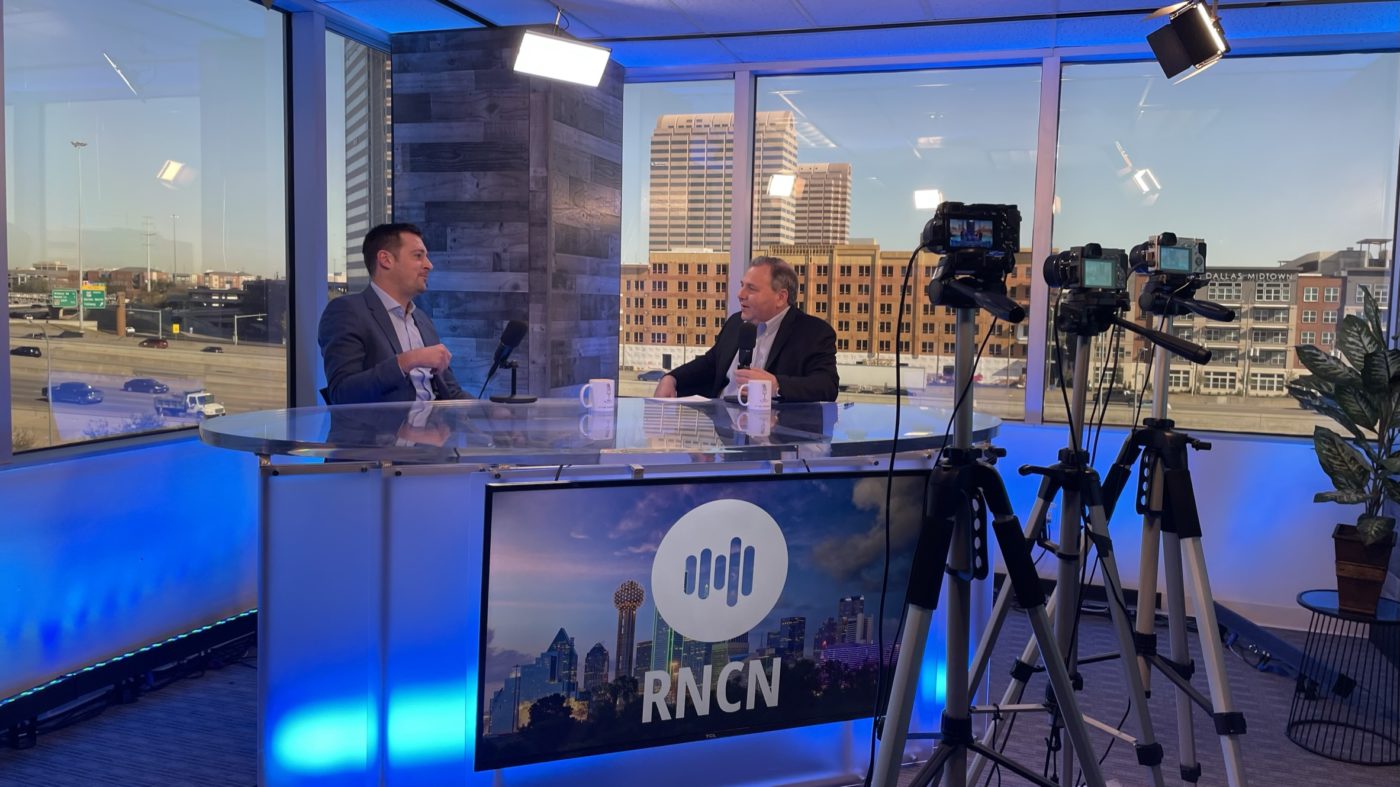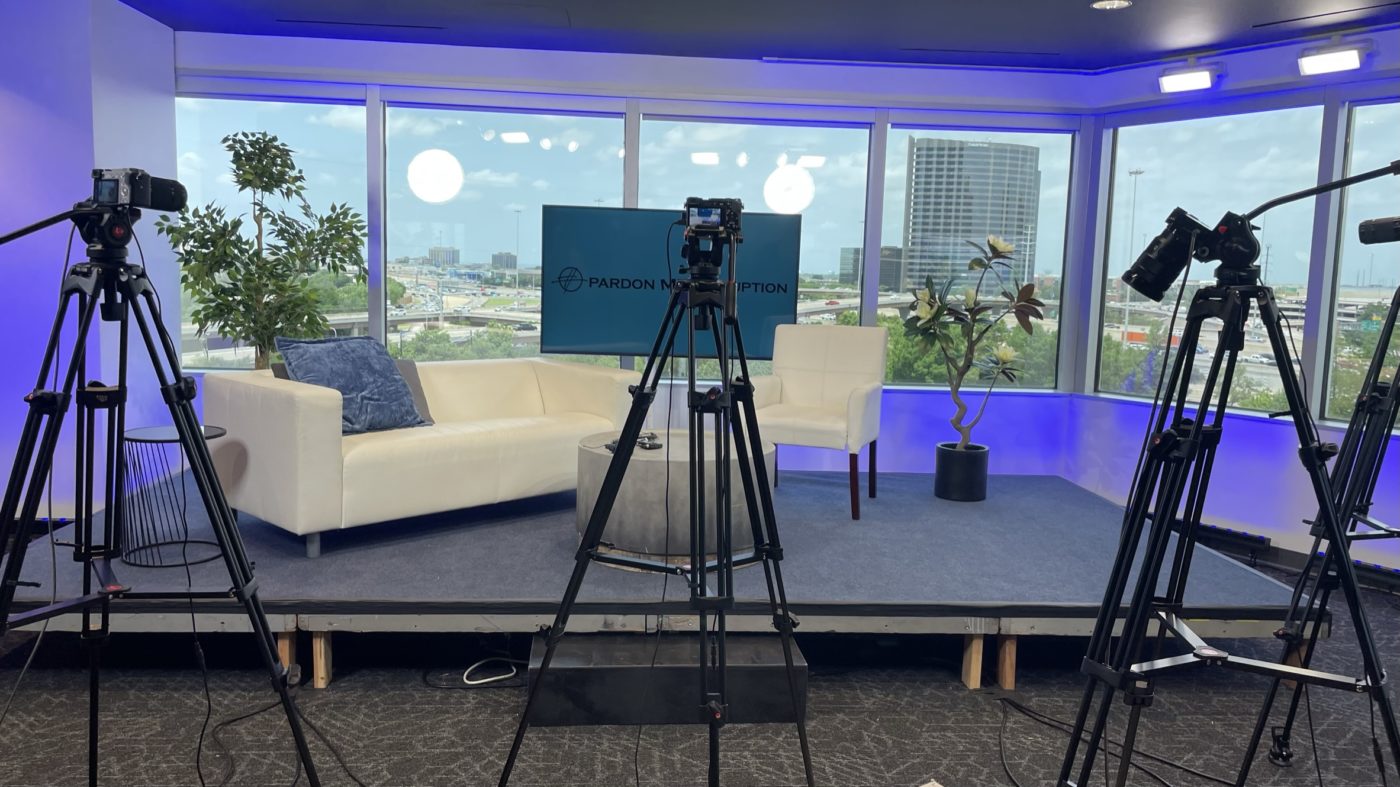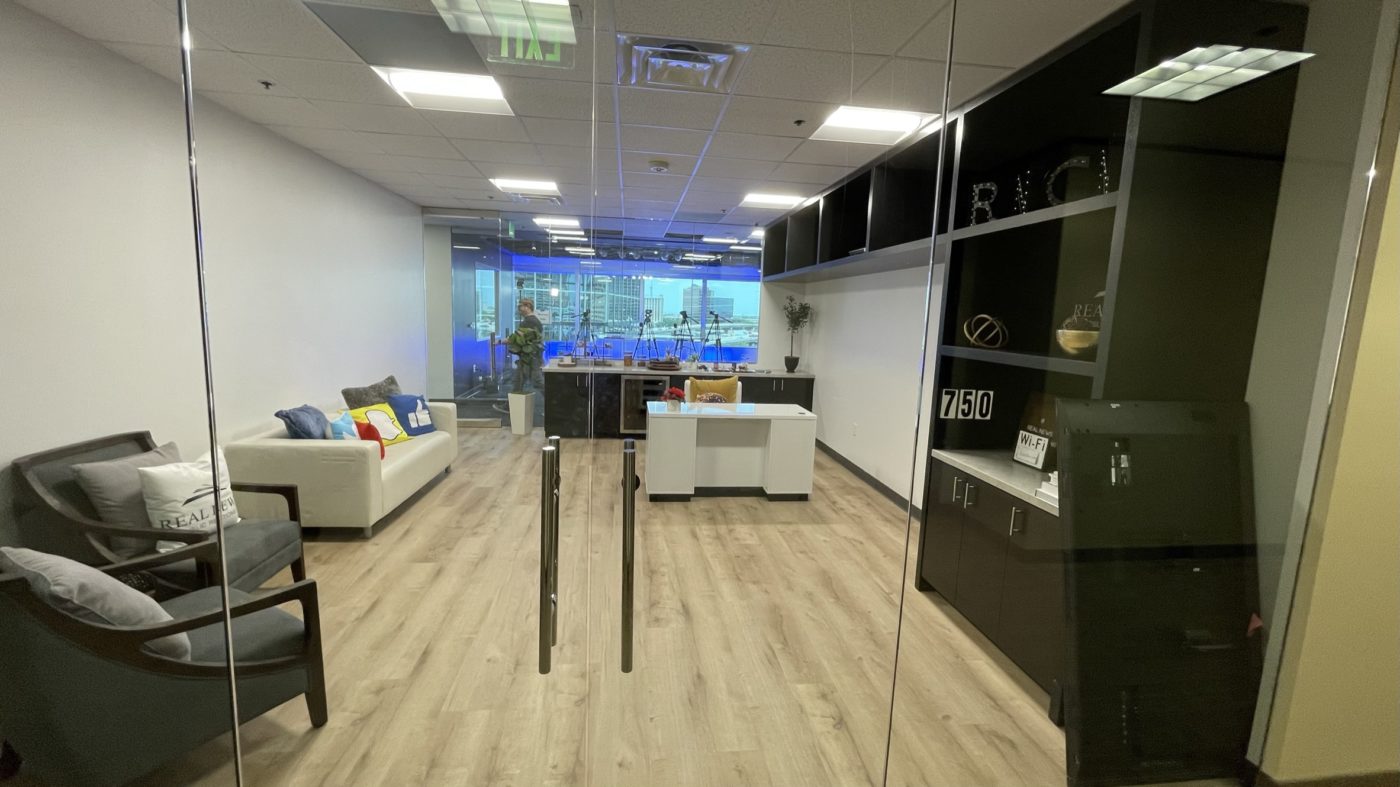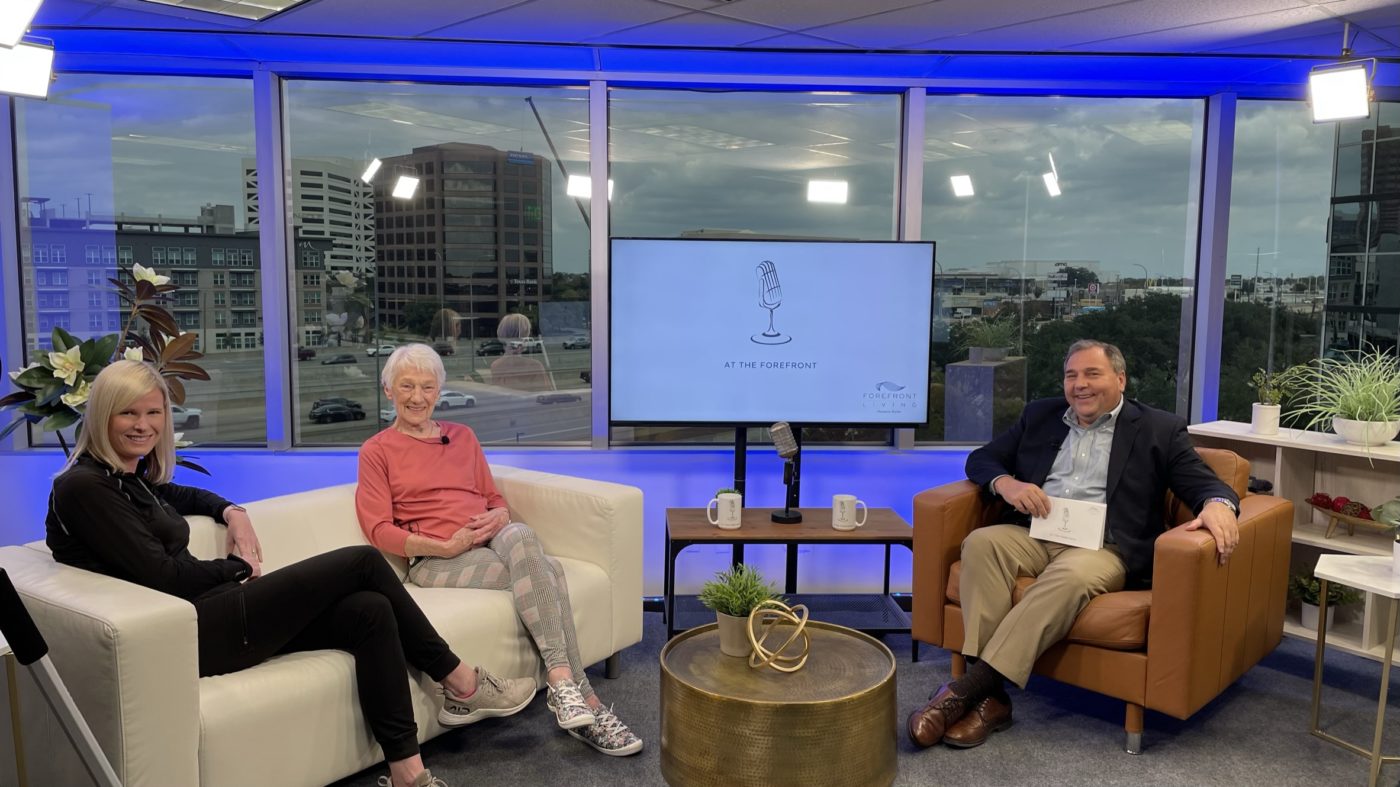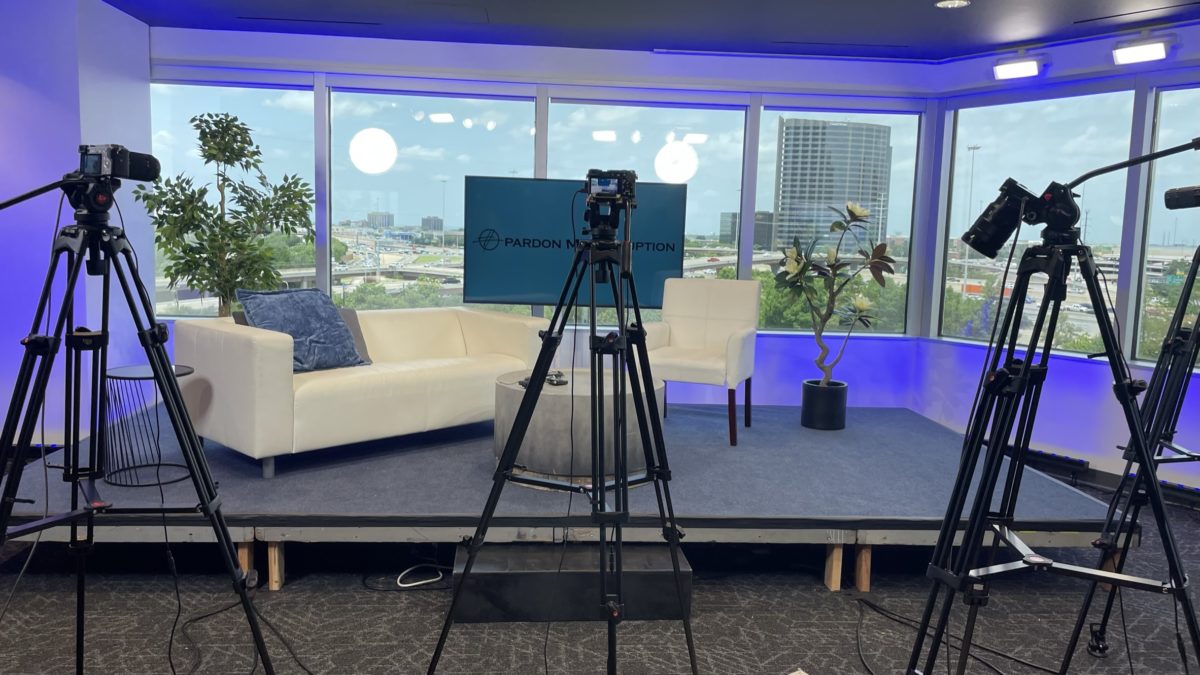What is a Podcast?
In simple terms, a podcast is a series of audio episodes. It’s like the radio, but on-demand, and you usually listen on your iPhone, Android, or another mobile device.
Tell me more…
A podcast is the streaming age’s answer to radio. The dictionary definition of a podcast is a digital audio file you can download or listen to over the Internet. Its interesting history explains why it is called a podcast, to begin with.
Podcasts are a form of media content that was developed in 2004, when former MTV video jockey Adam Curry and software developer Dave Winer coded the “iPodder.” The iPodder was a program that let a user download internet radio broadcasts to their Apple iPod. This is where the term and meaning podcast was born, taking its name from a blend of ‘iPod’ and ‘broadcasts’.
Today, podcasts are an extremely popular form of audio entertainment and have progressed beyond being downloadable radio shows. Each podcast is a series created by a host and then published episode-by-episode online, where subscribers can then download and listen to each episode when it’s released.
Unlike traditional methods of content production like TV and radio shows, podcasts are an accessible way for content creators to connect with an audience. They’re not even currently regulated, meaning you don’t need a broadcasting license to publish podcast content. Anyone with basic podcast equipment like a microphone, recording software, and a membership to a hosting platform can create their own show.
Are Podcasts Audio or Video?
Podcasts started out as a completely audio medium. However, with the growing popularity of podcasts, many podcasters have embraced video podcasting as a way to stand out and reach an even bigger audience.
Video is extremely popular—in fact, users are averaging 19 hours per week watching online videos in 2022 which is almost 50% more from 2018. So podcast creators who want their show to see the most growth and appeal to wider audiences are adding video elements to their podcasts.
What Is the Purpose of a Podcast?
A podcast can have many purposes, but the main one is to entertain its audience. Podcast listeners might have one of several reasons to subscribe to a podcast, such as to:
- Hear updates and breakdowns of current events.
- Learn about a new topic or industry.
- Laugh at cohosts’ riffing and jokes.
- Listen in on interviews with popular or famous guests.
- Experience an audio drama or narrative storytelling.
But behind each of these reasons is the desire to be entertained. Whether listeners want to learn something new or simply have something to take their minds off of a mundane task, they want to enjoy the experience of listening to a podcast.
Conversational Podcasts
The most common podcast format is the conversational one. These are generally the most informal style, with anywhere from solo hosts to a roundtable discussion. Many of these shows are interview podcasts, which are discussions between one or more hosts and their guests, usually diving deep into the guests’ personal history or expert knowledge on a topic.
Stuff You Should Know is a very popular example of a conversational podcast. Hosts Chuck and Josh spend each episode educating each other (and the audience) about a topic of general interest. Their style is extremely informal, and listening to SYSK feels like listening in on a chill conversation between two friends.
How Podcasts Work and How to Listen to Podcasts
For podcasters, the process of creating and publishing a podcast is relatively easy. Once they’ve recorded and edited a few episodes, they need to upload them to their podcast host of choice.
Then, podcasters submit their show’s RSS feed to podcast directories like Spotify, Apple Podcasts, or Stitcher. These directories are the place where podcasts and listeners connect; users can find, subscribe to, and listen to podcasts using their favorite podcast directory.
If you want to listen to podcasts, you’ll need to choose a directory first. There are many options available, but some of the most popular include:
- Apple Podcasts
- Google Podcasts
- Spotify
- Stitcher
- Overcast
- Podcast Addict
Some podcast directories have advanced customization functions, like multiple playlists, sleep timers, smart playlists, and suggestions for new shows based on your interests.
Whichever directory you choose, start by downloading the app from the Apple App Store or Google Play. Use the app’s search function to look for shows you might be interested in. You can listen to a single episode immediately, download it for later, or subscribe to shows so that each new episode is added to your playlist.
Who is listening to podcasts?
More than half of the U.S. population has listened to a podcast in the last month, according to Statista, and the largest age group is listeners between 12 and 34 years old.
And listeners are increasing in diversity, as well. 43% of U.S. men and 39% of U.S. women listen to podcasts—and the racial and ethnic makeup of podcast listeners in the U.S. closely reflects the overall diversity of the population.
Why does Forefront Living have a podcast?
The At The Forefront podcast was created to shine a light on ways older adults can live active, happy, fulfilling and thriving lives by addressing a wide variety of topics that matter most to those we serve.
Watch the first season of Forefront Living’s podcast, At the Forefront, here.
View photos from a few At the Forefront podcast episodes below.
